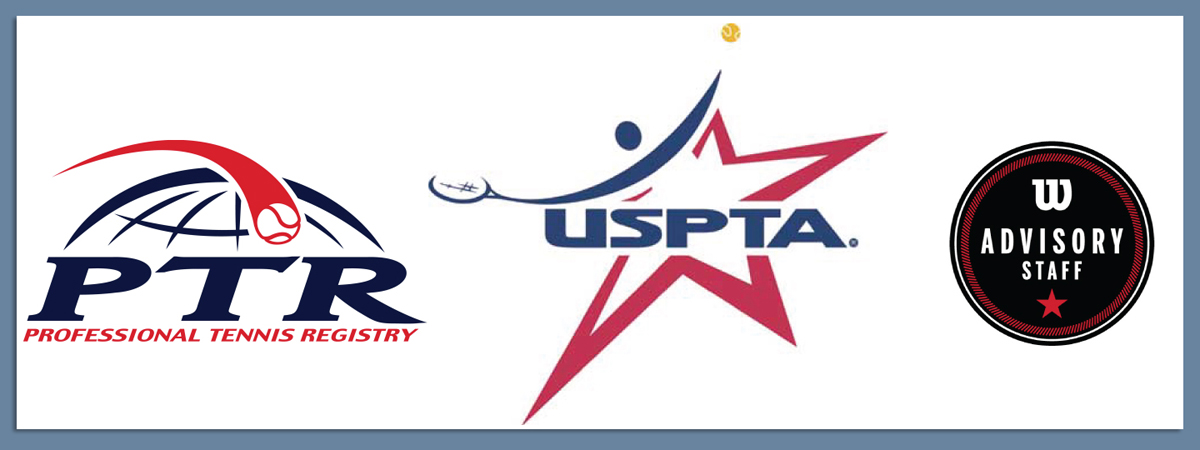Doubles – Australian and “I” Formations
Playing good doubles is an art. When played correctly it is a game of fast hands, anticipation, and deft volleys. Above all else, it is a game played by two people on the same side of the net. Your team is functioning at its maximum efficiency if both players enter the same point. An excellent return and then a cross by the receiver’s partner is very satisfying. A good serve and a poach by the server’s partner should be the goal. Don’t underestimate the value of teamwork. Never forget to thank your partner for that great setup. It helps keep the positive reinforcement and confidence in your partner.
Australian Serving Formation
The server’s partner stands at the net on the same side of the court as the server. This formation is successful because it takes away the returner’s most common shot — the crosscourt — and forces them to try the lower percentage down-the-line return. In the Australian set-up, the server stands near the T, and the server’s partner positions himself crosscourt from the receiver, on the service line, since he is now the crosscourt player and must cover the lob. After serving, the server rushes the net directly in front of the receiver, hitting all balls in a straight line since he is now in an aggressive position. The server’s partner takes the lob and the middle ball.
Australian formation is an excellent way to negate the service return lob. Using this formation also allows the server to choose which volleys he wishes to hit. If he is right-handed and is struggling in the ad court with the difficult backhand first volley, he can play Australian to that court and end up hitting forehand volleys.
A word of caution about this formation: The middle of the court is very vulnerable until the server can arrive in an aggressive position. Tactics you should try against this formation include a. lobbing the return crosscourt, b. pick a target and stick to it, c. have your partner move back to the baseline.
The I Formation
Serving teams often use the I formation to intimidate their opponents. This differs from the Australian in that the server’s partner in the I formation crouches very low, on the net, and in the center of the court. He gives his server a signal as to which way he is going to move and the server, who begins at the T, moves in the opposite direction.
The idea behind this alignment is that it confuses the receiver and makes the poaching distance quite short if the team has guessed right. It can be quite effective against inexperienced players, but the savvy doubles team will have an answer. They will either play their returns on the rise, aiming right up the middle as the net player moves, or they will take a step back and watch the server. Whichever way the server goes is where they play the return, thus eliminating any possibility of a poach.

